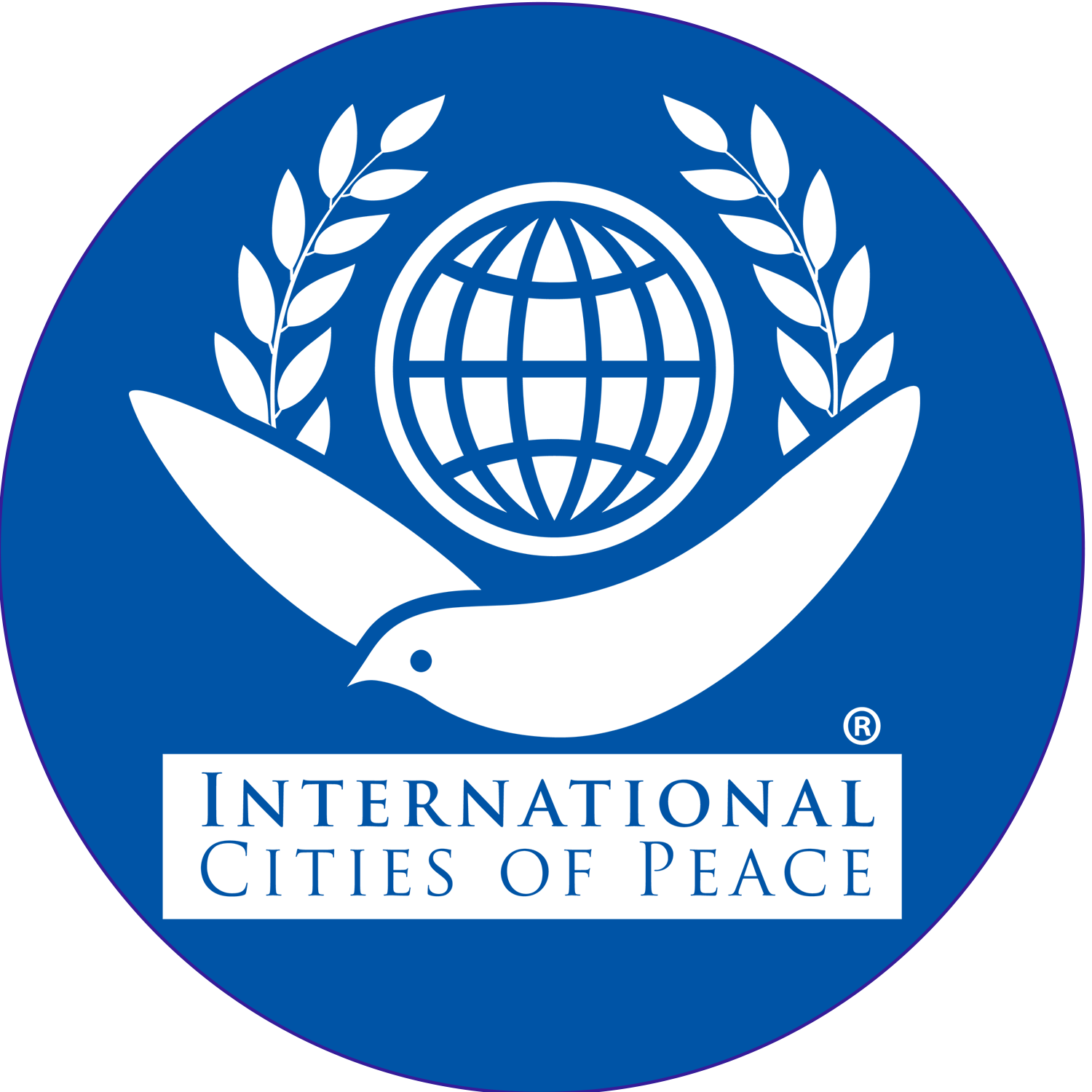ACTIVATING A CULTURE OF PEACE
OVERVIEW
The purpose of this course is to answer two questions:
- What is the Culture of Peace?
- How can I participate in its growth?
Twenty five years ago, in 1999, the United Nations General Assembly adopted a resolution, the Declaration and Programme of Action. It launched the International Year for the Culture of Peace (2000) and a global movement during which 75 million people all over the world signed the Manifesto 2000.
The Lessons in this Course include:
- Introduction
- Human Right
- Disarmament/Nonviolence
- Education for Peace Sharing
- Free Flow of Information/Dialogue
- Sustainability/Responsible Consumption
- Women’s Equality and Full Participation
- Democratic Participation and Practice
- Tolerance and Solidarity
- Activation and Conclusion
- Resources and Links
- Quiz
NOTE: This course was written by three individuals who have spent their lives pursuing a Culture of Peace: Mr. David Adams, former UNESCO Unit Director and Chair of the Task Force for the U.N.’s International Year for the Culture of Peace; Ashland, Oregon’s David Wick, President of Pathways to Peace, and co-founder of the Ashland Culture of Peace Commission; and David Hazen of Eugene, Oregon, one of the original Cities of Peace and author of Love Always Wins.
CC: This work is licensed under Creative Commons Attribution-NonCommercial-NoDerivatives 4.0 International . Only noncommercial use of this work is permitted; no derivatives or adaptations of this work is permitted.
Curriculum
- 1 Section
- 11 Lessons
- 10 Weeks
- introduction: Activating a Culture of Peace12
- 0.1Introduction
- 0.2Human Rights
- 0.3Disarmament/ Nonviolence
- 0.4Sharing and Education for Peace
- 0.5Free Flow of information/Dialogue
- 0.6Sustainable Development and Responsible Consumption
- 0.7Womens Equality and Full Participation
- 0.8Democratic Participation and Practice
- 0.9Tolerance and Solidarity
- 0.10Activation and Conclusion
- 0.11Resources and Links
- 0.12Final Quiz for Culture of Peace10 Questions
